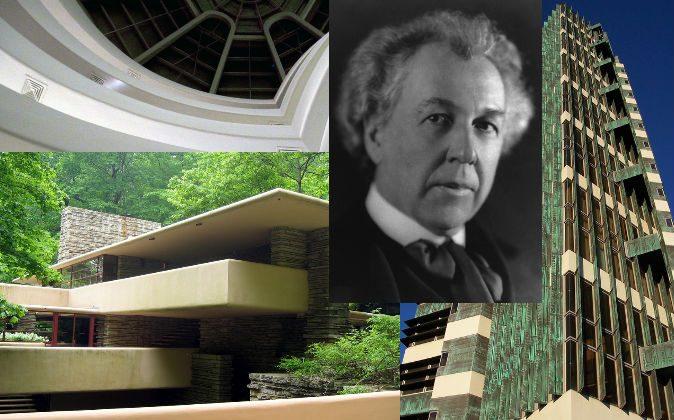It is said: in the beginning there was darkness, then light.
Depending who you ask, light entered our world in different ways, at different times. Wise people say it was Divine light that sparked it all. Intellects attribute it to man and his science. Perhaps both man and the divine had their hand in it.
There is even debate on who invented the light bulb. Was it Thomas Edison in the United States, or was it Joseph Swan in England? Even Edison said “I start where the last man left off.” This statement coincides with most historians’ account that twenty or more inventors preceded Edison in working on the bulb—Edison was just the one who crossed the finish line.
How ever light originated, everyone is a fan. Victor Hugo said, “To love beauty is to see light.”
In 1880, Brush Electric Company set a precedent in Wabash, Indiana, which became the first American city to own its own power plant and to be lit solely by electricity. Finally, how lucky we were to harness the sun’s power inside our homes. How could it not be a gift from the gods?
As of today, we have lit up the night for over 130 years. So, needless to say, we have achieved our basic needs.
It seems, as Christopher Columbus put it, “Following the light of the sun, we left the Old World.”
Our new world, it appears, is no longer about how to create light, but rather about how light is presented in our homes—as we modern people now have the luxury and time to decorate.
While today we must remain grateful for their achievements, the names Edison Electric Light Company, Brush Electric Company, and Swan Electric Light Company are merely regarded while paging through a history books.
It is safe to say, we have entered the era of the decorative lighting fixture.
Companies like Schoolhouse Electric Co., Lumens Light + Living and YLighting are found inside our magazines and all over the Internet, presenting beautiful designer fixtures. We have entered the surface of things: light is a given inside every home—it comes easy as a flip of a switch—but who can make it shine in a way that resembles greatness?
Whether we want to fancy things up for ourselves or to improve our home’s charm and value, during the day, lighting fixtures are as important a detail as any other, and as the sun sets, they take center stage.
For those who miss the old world, Schoolhouse Electric Co. manufactures period lighting fixtures and shades. Products are hand crafted in the USA, using a century-old production process. Homage can be paid to Edison by purchasing original Edison bulbs.
And it is equally possible to assimilate our homes to current trends, or perhaps, future trends. Lumens Light + Living and YLighting offer huge selections of modern, designer light fixtures.
Browsing through YLighting.com, it seems possible to confuse a pendant light for a modern sculpture—well, one that hangs from the ceiling.
Danilo De Rossi’s GLO’ Recessed Suspension, for example, is a hand-blown, sculptural fixture designed as a gigantic droplet (a big drip), that comes with a free-form glass “puddle” to place underneath the fixture for effect. The fixture sells for just over $1,700.
While the GLO’ “droplet” holds a certain modish-art appeal, the average household will likely be sticking to something more traditional and warm. After all, it seems unlikely a 1920s bungalow will ever incorporate dripping pendants to its Arts and Crafts motif, but who really knows?
How light is presented remains in the eye of the beholder. Due to its price and edgy style, De Rossi’s GLO’ may not be the most widely-sold, but will certainly attract fans looking for something different. As a general rule, what appeals to the masses is the safest investment for the future.
Edison knew it. Isn’t it appropriate we let him be our guiding light? He said, “Anything that won’t sell, I don’t want to invent. Its sale is proof of utility, and utility is success.”
Depending who you ask, light entered our world in different ways, at different times. Wise people say it was Divine light that sparked it all. Intellects attribute it to man and his science. Perhaps both man and the divine had their hand in it.
There is even debate on who invented the light bulb. Was it Thomas Edison in the United States, or was it Joseph Swan in England? Even Edison said “I start where the last man left off.” This statement coincides with most historians’ account that twenty or more inventors preceded Edison in working on the bulb—Edison was just the one who crossed the finish line.
How ever light originated, everyone is a fan. Victor Hugo said, “To love beauty is to see light.”
In 1880, Brush Electric Company set a precedent in Wabash, Indiana, which became the first American city to own its own power plant and to be lit solely by electricity. Finally, how lucky we were to harness the sun’s power inside our homes. How could it not be a gift from the gods?
As of today, we have lit up the night for over 130 years. So, needless to say, we have achieved our basic needs.
It seems, as Christopher Columbus put it, “Following the light of the sun, we left the Old World.”
Our new world, it appears, is no longer about how to create light, but rather about how light is presented in our homes—as we modern people now have the luxury and time to decorate.
While today we must remain grateful for their achievements, the names Edison Electric Light Company, Brush Electric Company, and Swan Electric Light Company are merely regarded while paging through a history books.
It is safe to say, we have entered the era of the decorative lighting fixture.
Companies like Schoolhouse Electric Co., Lumens Light + Living and YLighting are found inside our magazines and all over the Internet, presenting beautiful designer fixtures. We have entered the surface of things: light is a given inside every home—it comes easy as a flip of a switch—but who can make it shine in a way that resembles greatness?
Whether we want to fancy things up for ourselves or to improve our home’s charm and value, during the day, lighting fixtures are as important a detail as any other, and as the sun sets, they take center stage.
For those who miss the old world, Schoolhouse Electric Co. manufactures period lighting fixtures and shades. Products are hand crafted in the USA, using a century-old production process. Homage can be paid to Edison by purchasing original Edison bulbs.
And it is equally possible to assimilate our homes to current trends, or perhaps, future trends. Lumens Light + Living and YLighting offer huge selections of modern, designer light fixtures.
Browsing through YLighting.com, it seems possible to confuse a pendant light for a modern sculpture—well, one that hangs from the ceiling.
Danilo De Rossi’s GLO’ Recessed Suspension, for example, is a hand-blown, sculptural fixture designed as a gigantic droplet (a big drip), that comes with a free-form glass “puddle” to place underneath the fixture for effect. The fixture sells for just over $1,700.
While the GLO’ “droplet” holds a certain modish-art appeal, the average household will likely be sticking to something more traditional and warm. After all, it seems unlikely a 1920s bungalow will ever incorporate dripping pendants to its Arts and Crafts motif, but who really knows?
How light is presented remains in the eye of the beholder. Due to its price and edgy style, De Rossi’s GLO’ may not be the most widely-sold, but will certainly attract fans looking for something different. As a general rule, what appeals to the masses is the safest investment for the future.
Edison knew it. Isn’t it appropriate we let him be our guiding light? He said, “Anything that won’t sell, I don’t want to invent. Its sale is proof of utility, and utility is success.”




Friends Read Free